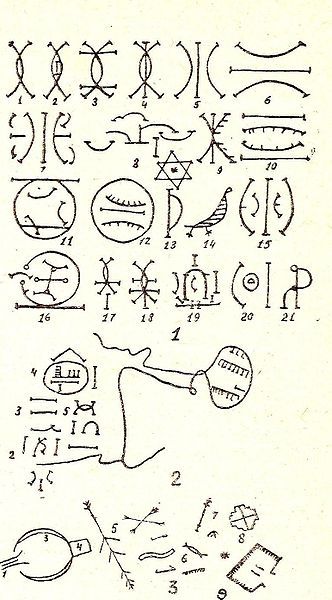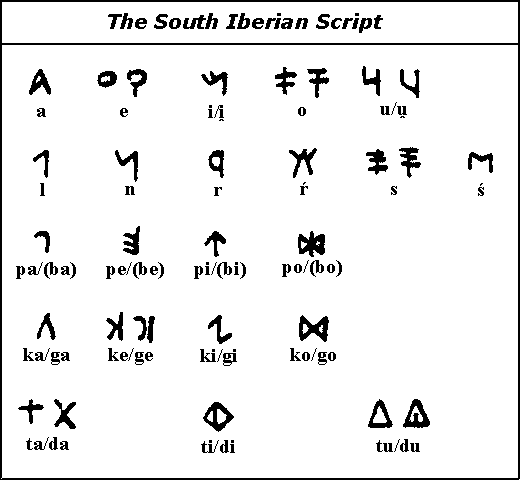kemetic-dreams:CULTURAL AND LITERARY EVIDENCE FOR AN EARLY AFRICAN (EARLY IGBO NSIBIDI AND BERBER
kemetic-dreams: CULTURAL AND LITERARY EVIDENCE FOR AN EARLY AFRICAN (EARLY IGBO NSIBIDI AND BERBER TIFINAGHI) IMPACT ON SOUTHERN EUROPE: THE AFRICAN ROOTS OF EUROPEAN LITERACY Tifinagh is the writing system developed and used indigenously in North West Africa. It is used to write Northern Afrakan languages such as Tamazight, Tamajaq, Tamasheq, Amazigh, and some Hausa dialects which are spoken by about a million or so people in Morocco, Niger, Nigeria, Mali, Burkina Faso, Algeria and Libya. Compare and contrast with the Nsibidi script of the Nigerian Igbos. Nsibidi or Nsibiri is an ancient writing script used by the Igbos of Nigeria, and their neighbours the Ibibios and the Akangs. Remnants of the written scripts survive today. It’s use is mostly found among the secret cultic schools which still survive in Eastern Nigeria. It is also used in the Caribbeans where it was taken by the Africans who were enslaved and used by western imperialism to build the Americas. It can be found still in Cuba, Jamaica and Haiti, Venezuela and as far as Brazil. The results of a comparative between Iberian and Nsibiri is singularly striking. It raises an irresistible inference of solid and sustain contacts between the two culture. Compare and contrast. South Iberian Script Iberian scripts have been found on the Iberian peninsula, in southern France and on the Balearic Islands. The oldest known inscriptions date from the 4th century BC. The scripts are thought to have been derived from the Punic alphabet. The Iberian type of script has been found in the Iberian peninsula, in southern France and in the Balearic Islands. The oldest date of ancient Iberian writing has been dated to the 4th century BC. Due the Roman invasions in the 3rd century BC, the script and the language from which it was written in were replaced with Latin writing and speech -- source link
Tumblr Blog : kemetic-dreams.tumblr.com





